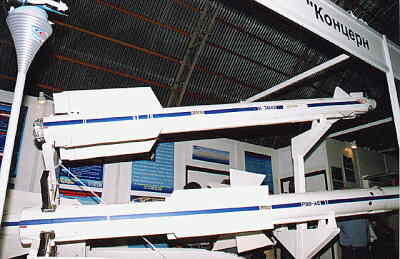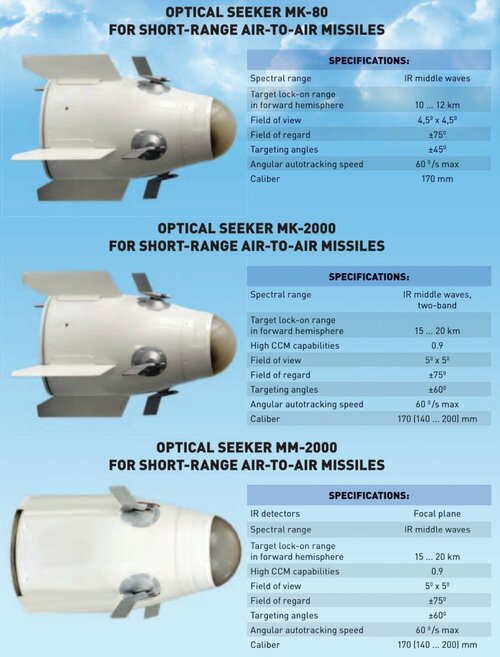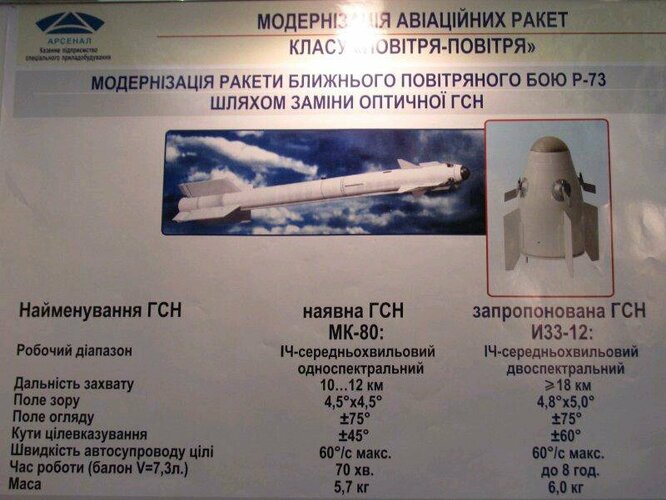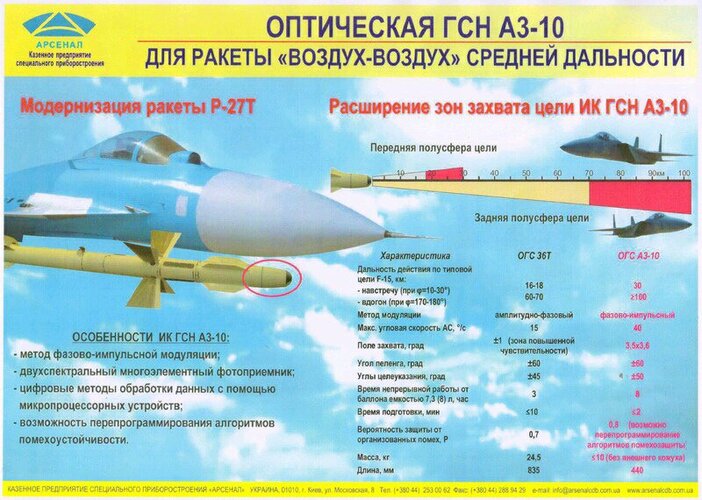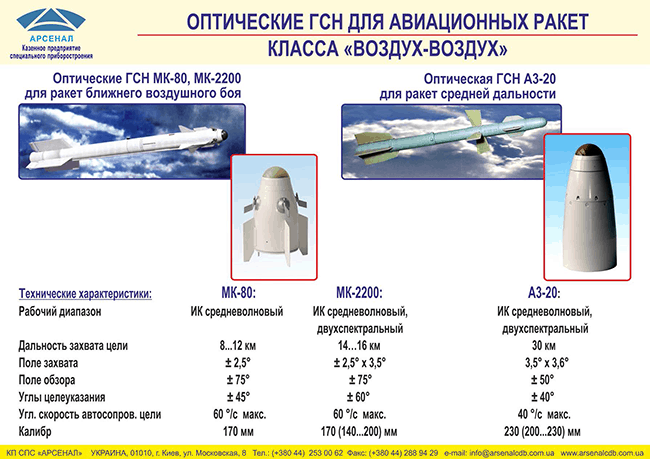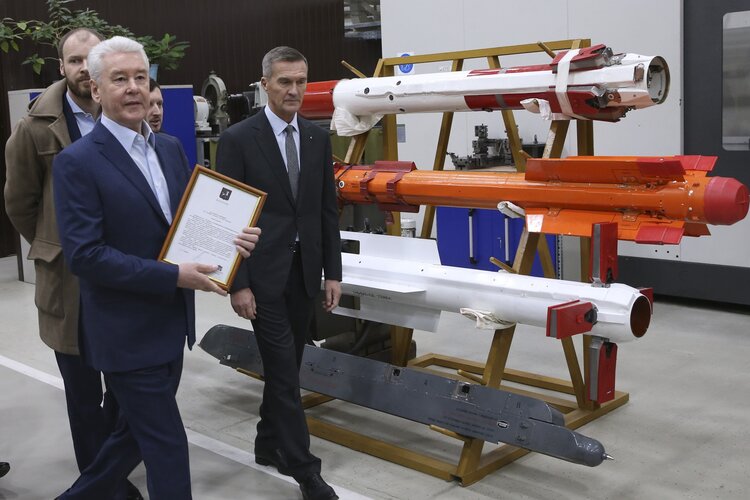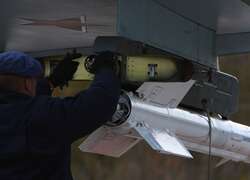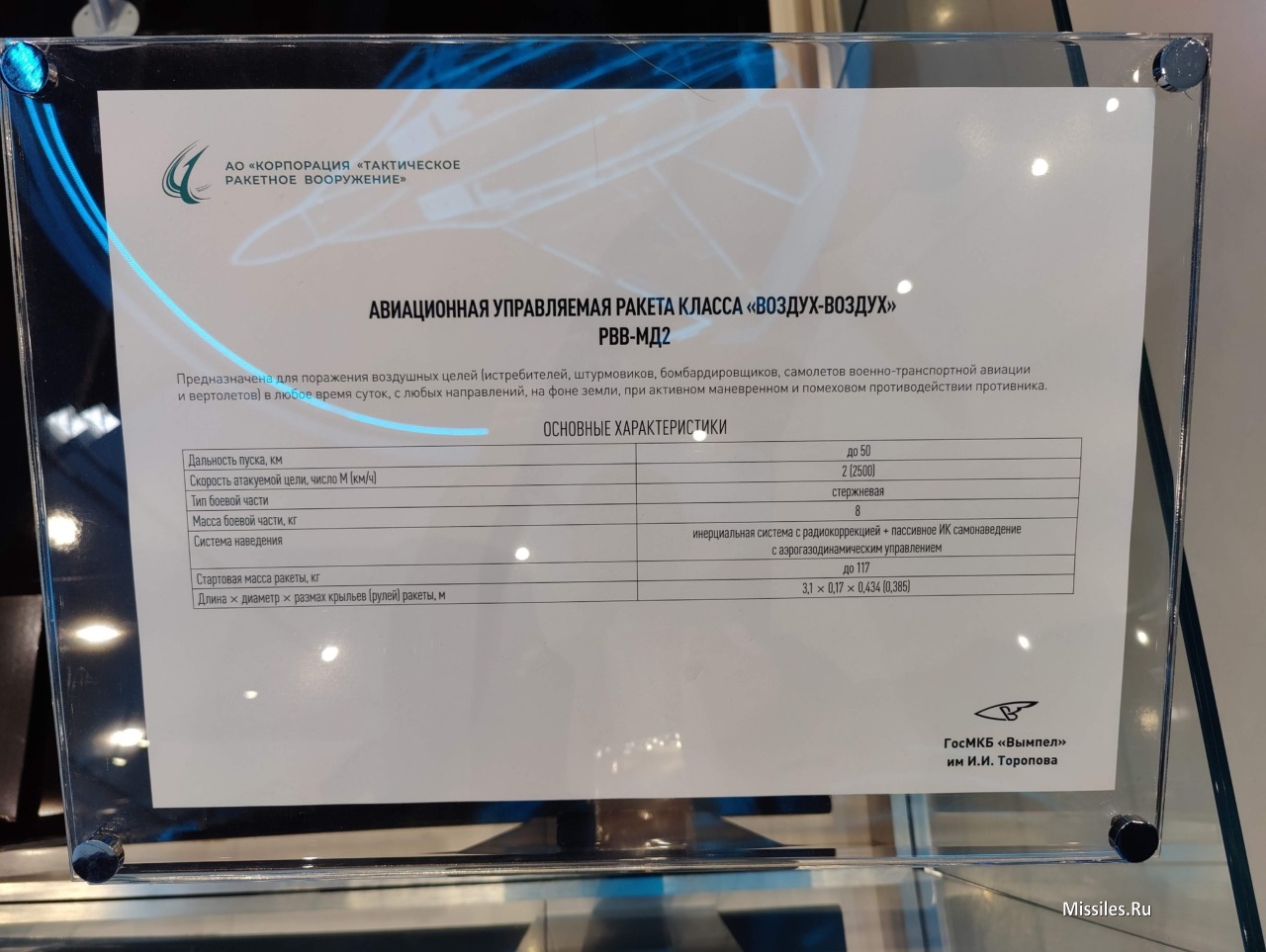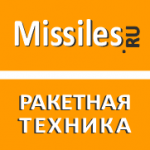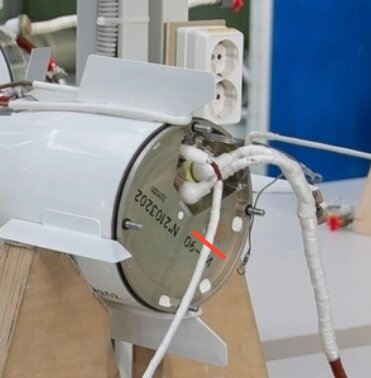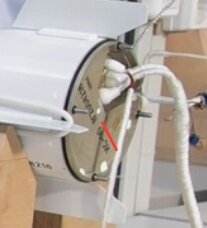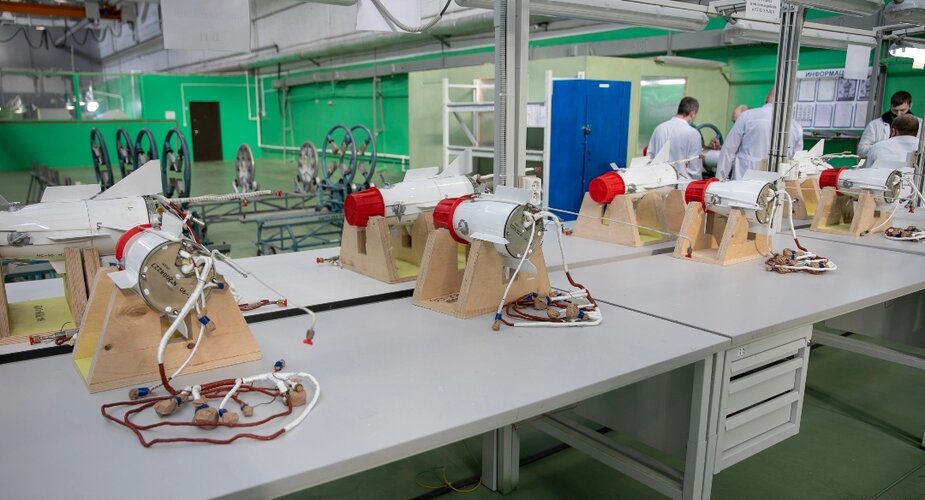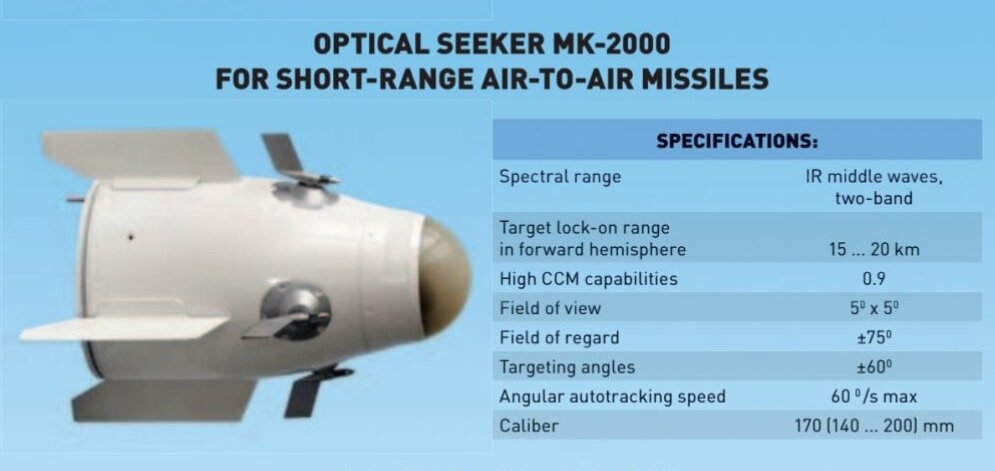To me at least, seems to be a very confusing subject. I'm trying to figure out the evolution from the basic R-73/ Izd. 72 (RMD-1?) to the current variants R-74M/M2 Izd. 750 and Izd. 760. I've been trawling the net of course and this forum but like i said it's confusing.
So, what exactly is R-73M/ RMD-2? I keep reading that it was in testing in 1994 service from 1997, or 1999 according to a russian article (though even if true, perhaps it was built only in small numbers?)? What is the izdeliye number (Izd. 72M? something else?), and what seeker does it use (Mayak-80M/ MK-80M?)? One version says that the first 16 R-73M missiles (for testing) were ready in 1988-1989, the modernization program having been initiated in 1984.
Then there is the K-74ME shown at MAKS-1997, i've never seen a picture of it, but there must be one somewhere since articles keep mentioning it! Is this a renamed (and export) R-73M, or a further evolution (export version)? Again, what is the izdeliye number, is it Izd. 740 or something else? And what seeker (i have seen the designation MK-80ME)?
Finally, what is the relation between this K-74ME and the later RVV-MD/ R-74M/Izd.750 with the Impuls-90 seeker, is it the same missile just that it took over a decade to get it in testing and then production (due to the economic situation), or it's a further updated evolution. I have read that the IS-90 seeker was first shown in 2006, so it seems likely it couldn't have been part of the 1997 K-74ME. The russians have of course the habit of using designations repeatedly, there are two MiG-29Ks or MiG-29Ms or Su-35s etc. If that is the case with the current R-74MK/ML (re-using the name of the 1997 K-74ME) then what is the R-74 without suffix letter?
Lastly, some clarification comparing the MK-80, MK-80M and IS-90 seekers, i have read that the IS-90 is a two-colour seeker, but again the MK-80M is confusing, some source say it's still single colour, others that is two colour. As far as boresight angles it's 45 degrees for the MK-80, 60 degrees for the MK-80M and 60 or 75 for IS-90, not clear.
Many thanks!
So, what exactly is R-73M/ RMD-2? I keep reading that it was in testing in 1994 service from 1997, or 1999 according to a russian article (though even if true, perhaps it was built only in small numbers?)? What is the izdeliye number (Izd. 72M? something else?), and what seeker does it use (Mayak-80M/ MK-80M?)? One version says that the first 16 R-73M missiles (for testing) were ready in 1988-1989, the modernization program having been initiated in 1984.
Then there is the K-74ME shown at MAKS-1997, i've never seen a picture of it, but there must be one somewhere since articles keep mentioning it! Is this a renamed (and export) R-73M, or a further evolution (export version)? Again, what is the izdeliye number, is it Izd. 740 or something else? And what seeker (i have seen the designation MK-80ME)?
Finally, what is the relation between this K-74ME and the later RVV-MD/ R-74M/Izd.750 with the Impuls-90 seeker, is it the same missile just that it took over a decade to get it in testing and then production (due to the economic situation), or it's a further updated evolution. I have read that the IS-90 seeker was first shown in 2006, so it seems likely it couldn't have been part of the 1997 K-74ME. The russians have of course the habit of using designations repeatedly, there are two MiG-29Ks or MiG-29Ms or Su-35s etc. If that is the case with the current R-74MK/ML (re-using the name of the 1997 K-74ME) then what is the R-74 without suffix letter?
Lastly, some clarification comparing the MK-80, MK-80M and IS-90 seekers, i have read that the IS-90 is a two-colour seeker, but again the MK-80M is confusing, some source say it's still single colour, others that is two colour. As far as boresight angles it's 45 degrees for the MK-80, 60 degrees for the MK-80M and 60 or 75 for IS-90, not clear.
Many thanks!

